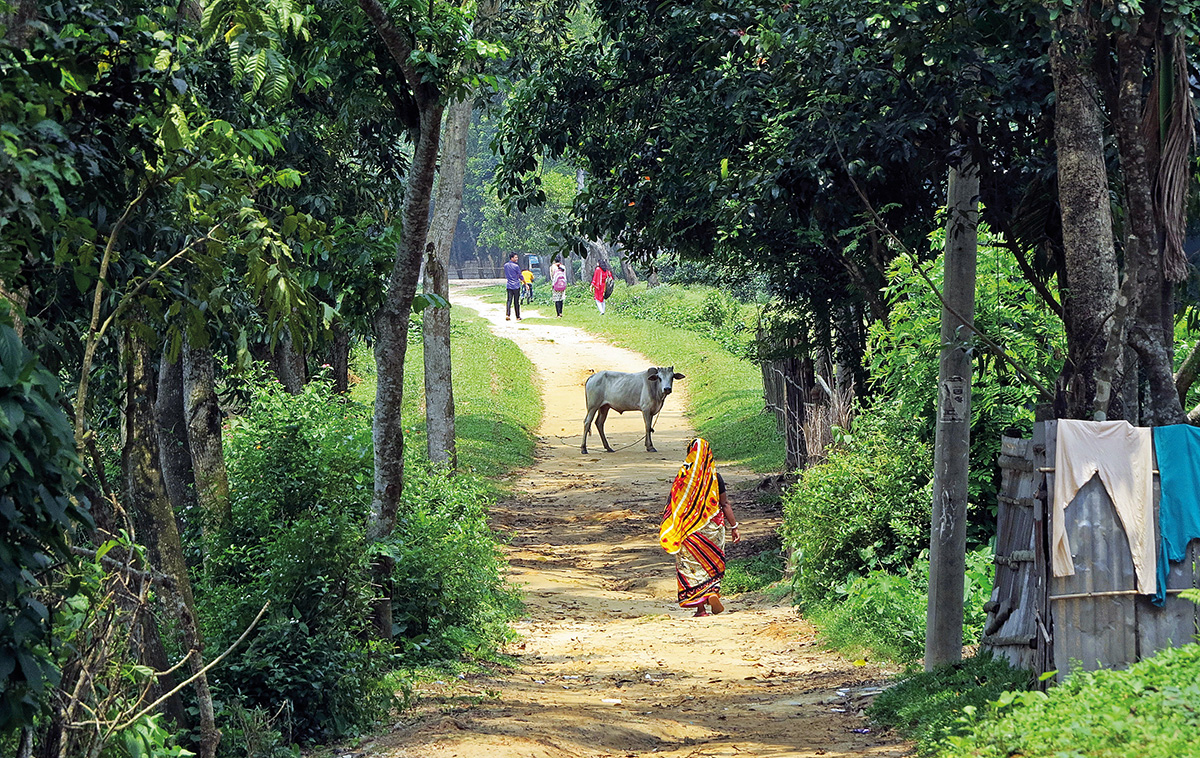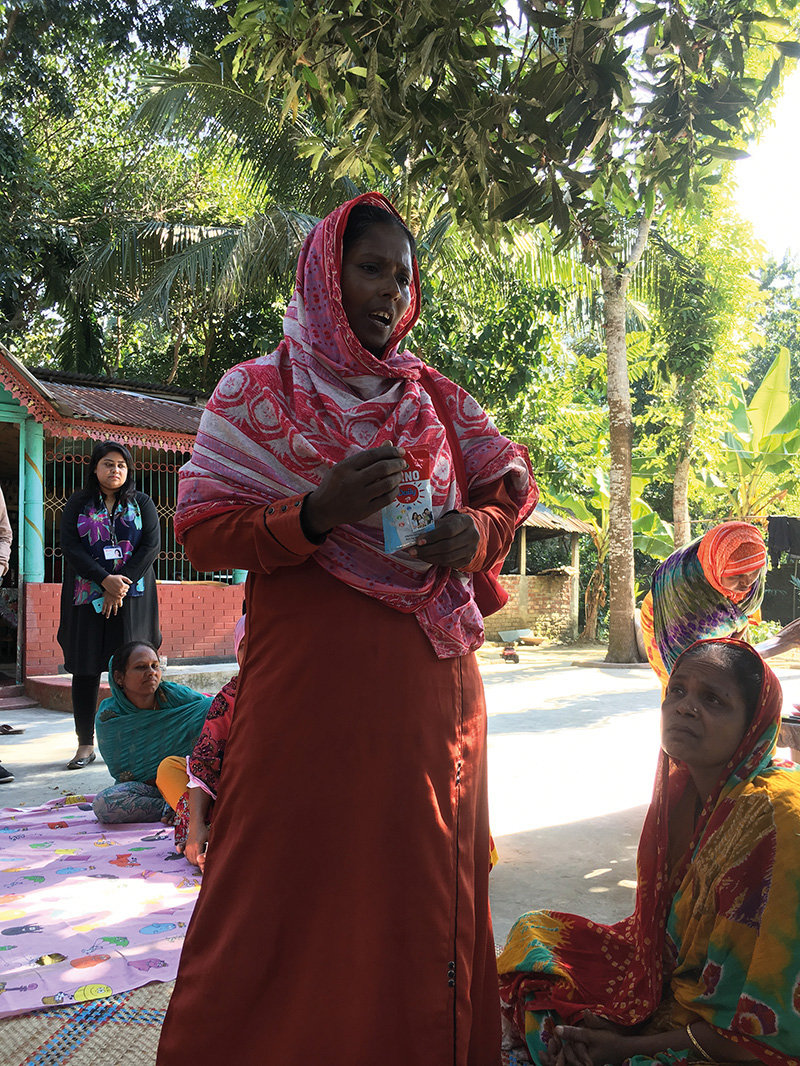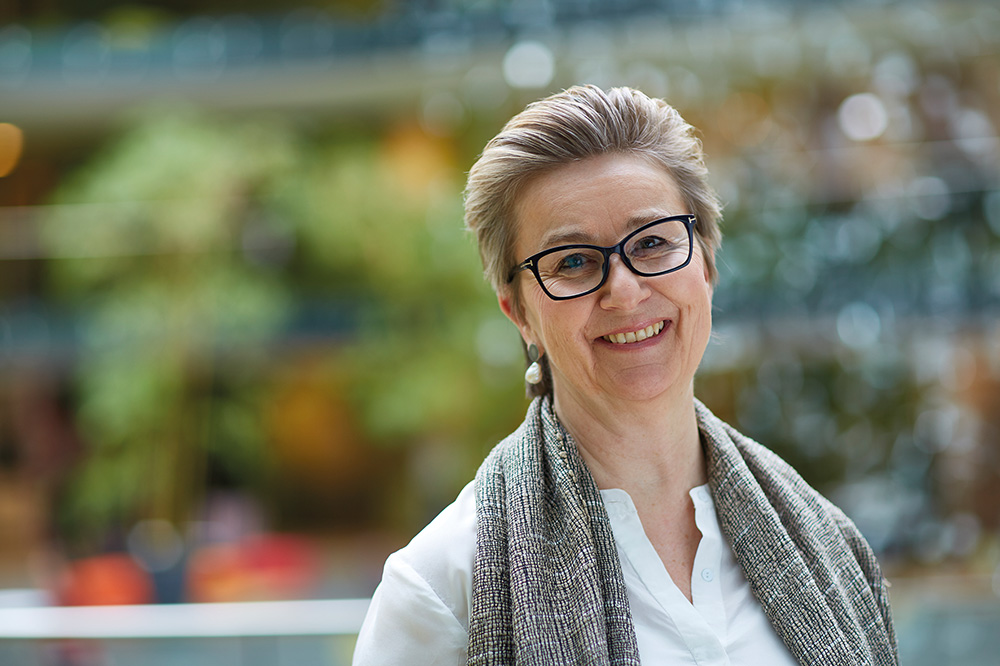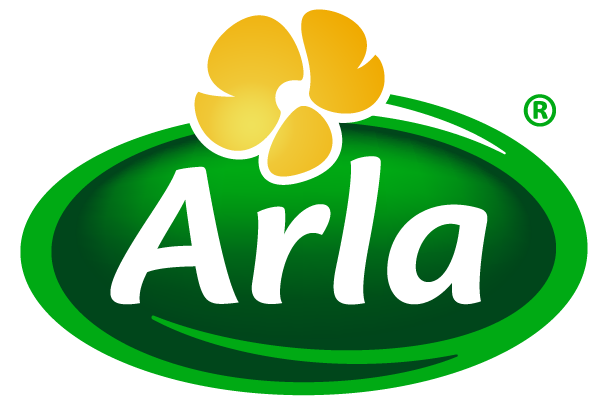
Operating at the bottom of the pyramid can have positive impact on the lives of the poorest people on the planet, while helping business leverage untapped opportunities for growth and expansion. So how can businesses collaborate with academia to ensure they overcome the many obstacles that BOP models can bring – and do good while doing well?
More than 2.7 billion people live on less than $2.50 a day. A “forgotten” demographic, representing a stunning two thirds of the world’s population, and dubbed the “bottom of the pyramid” by management scholar, C.K. Prahalad in 2004.
For businesses, operating at the base of the pyramid (BOP) comes with significant opportunities – and significant risks.
On one hand, 2.7 billion people represent a sizeable market operating outside the parameters of the formal global economy, and therefore a significant opportunity for businesses wishing to reach them – their need for goods and service being no different from those of the developed world.
On the other hand, the base of the pyramid is collateral and resource-poor – typically these are cash-based economies that are organized around different consumption and distribution mechanisms that can make consumers harder to reach, raise costs and lower margins.
Put simply, selling to the world’s poorest is fraught with the risk of failure.
And then there’s the ethical dimension.
Servicing the needs of the poorest people in the world is as much about doing good, as it is about doing well.
Businesses have a duty to ensure they are not taking advantage of the world’s most disadvantaged. And a duty to ensure that the products that they sell reach the people who need them, in optimal condition.
So says Irene Quist Mortensen, of Arla Food. And she speaks from experience.
In 2016 Arla, which is a European dairy cooperative had an opportunity. With EU agricultural policy squeezing the European market, a solid business case for exploring new sales opportunities in emerging markets.
“Rural communities in Bangladesh are prone to undernourishment, malnutrition and micro-deficiencies. So here we had an opportunity. Selling our high-quality milk powder to rural communities meant we could have a positive impact on health and nutrition, while opening up business opportunities across an underserved market.”
Delivering affordable but high-quality nutrition to low-income consumers comes with the dual imperative of lowering costs while maintaining standards. To get around this, Arla substituted milk fat for vegetable oil.
Entering the Bangladesh market in 2016 with a high-quality product competitively priced was a huge success, says Irene. Sales flew in urban areas where consumers saw the value proposition of purchasing Arla milk powder as a cheaper alternative to full-fat milk.
What was less clear was whether Arla was accomplishing its mission of reaching the lowestincome segment in rural areas.
“We had gone into Bangladesh to access the bottom of pyramid where need is greatest,” says Irene. “We conducted a human rights assessment which confirmed that we were not reaching our target consumer group sufficiently. So we had a challenge – how to build a more effective market entry strategy for rural Bangladesh that would deliver our product to the lowest-income groups, while not over-competing with local, rural producers there.”
This was the challenge that Irene Quist Mortensen brought to the CEMS MiM students of Peter D. Ørberg Jensen at Copenhagen Business School.
A BOP challenge for CEMS students
Arla has collaborated with CEMS for several years on business challenges – a solid, synergybased relationship, says Professor Jensen, which generates a number of advantages to both sides.
With this challenge, he says, part of the value that students could offer Arla was a depth of academic insight into the issues and complexities surrounding BOP.
“Here we had an interesting business dilemma that reached deep into the complexities of operating at the base of the pyramid. Arla was at an exploratory phase of its operations in Bangladesh and needed an entry strategy that at once leveraged an full academic understanding of the issues surrounding BOP, while delivering a real-life business solution that would help them crack the problems they faced. Our students understood that this business project had to walk on two feet: business and academic. So the challenge to them was taking the knowledge they had built and applying it to really complex real-life setting, while ensuring that the business piece would work in tandem with the social impact.”
Having students review the baseline academic dimensions of the problem set the stage for the essential questions that needed to be answered – in broad terms of organizing the sales process as well as the specific challenges of selling in rural Bangladesh.
And then there’s the benefit of fresh eyes.
“There’s the danger in any business that you become burdened by the knowledge you accumulate over time. Presenting this challenge to our CEMS students meant Arla got to look at things with fresh eyes.”
Irene agrees.
“The CEMS students have the space and time and fresh perspective to go deep into the problem so that you learn something as a company. It’s not like a four-hour case competition that operates at the surface of a challenge. The four students who worked with us really helped us to understand the academic dimensions of the issue and to formulate the right questions based on what the literature was telling us.”
Concrete recommendations
Arla is currently in process of building strategic partnerships in Bangladesh to extend market penetration and deliver positive impact to local communities.
Many of the recommendations articulated in the CEMS students’ report have been key, says Irene, in building relationships with a global NGO, funding organisations and the on-the-ground salesforce.
What the students have delivered, she says, is “spot on.”
“It’s so good, reading through the report. There are excellent examples of risks that we have to take into account.”

To reach remote areas, Arla is currently working to establish a salesforce. of local Bangladeshi women, known as Pushti Ambassadors. The risk that these women would not earn enough to sustain their efforts, says Irene, was addressed by CEMS students in an innovative and effective fashion.
“The students recommended that the women be provided with a basket of diversified products. It would be impossible for them to earn enough only selling our products. The students’ research highlighted the importance of selling diversified products to secure income for these local workers.”

The CEMS students also recommended branding the sales products as “nutrition” and including a range of homegrown products such as bananas, to help boost the local economy – a move that Irene describes as “really smart.”
Their recommendations, she says, are “concrete” – combining the bigger picture academic perspective on how BOP models function in the world, with tactics that work on the ground.
A win-win situation
Arla is now launching a third project with CEMS, building on a relationship between business and academia that yields significant and tangible benefits for both parties.
For Arla, what CEMS students provide is the “gift” of research and analysis – a crisp and structured overview of what BOP business models look like. Then they dig deep into the specificities of the particular business case to come up with recommendations that work.
This is a “valuable relationship” says Irene, that gives students a chance to get “inside real-life business. And they are thrilled, in my experience, to get out there and do something that has meaning in real life.”

The collaboration also gives students unique exposure to the business teams, analysts, leaders and decision-makers that they would not otherwise have had.
Professor Jensen agrees, and stresses the importance of connecting academic knowledge with practical, real-life business experience in what he describes as the “formative years” of education and early career.
“Projects such as the initiatives with Arla provide accelerated learning. They are big steps forward in understanding and skills development for our student as they see how their thinking and their projects can be applied in real context.”
The process, he says, of collecting and analyzing data leads to a “wow moment” that reveals the purpose of education.
“That’s why we have these projects with real businesses. It’s a way of helping students to see that they can actually use what they know in a real context.”
BOP: doing good while doing well
What businesses do in terms of positive impact can be measured within the context of the United Nations goals for sustainable development. Goals, says Irene Quist Mortensen, that have immediate meaning and urgency for everyone on the planet.
The UN goals provide a useful framework for how business can and should be done for long-term impact, she says, providing business with a “common language” for the private sector, government and NGOs to understand how to collaborate and contribute collectively to sustainable development.
“And it’s vital that we do contribute, not only to the long-term success of our business model, but also to our long-term survival on the planet.”

